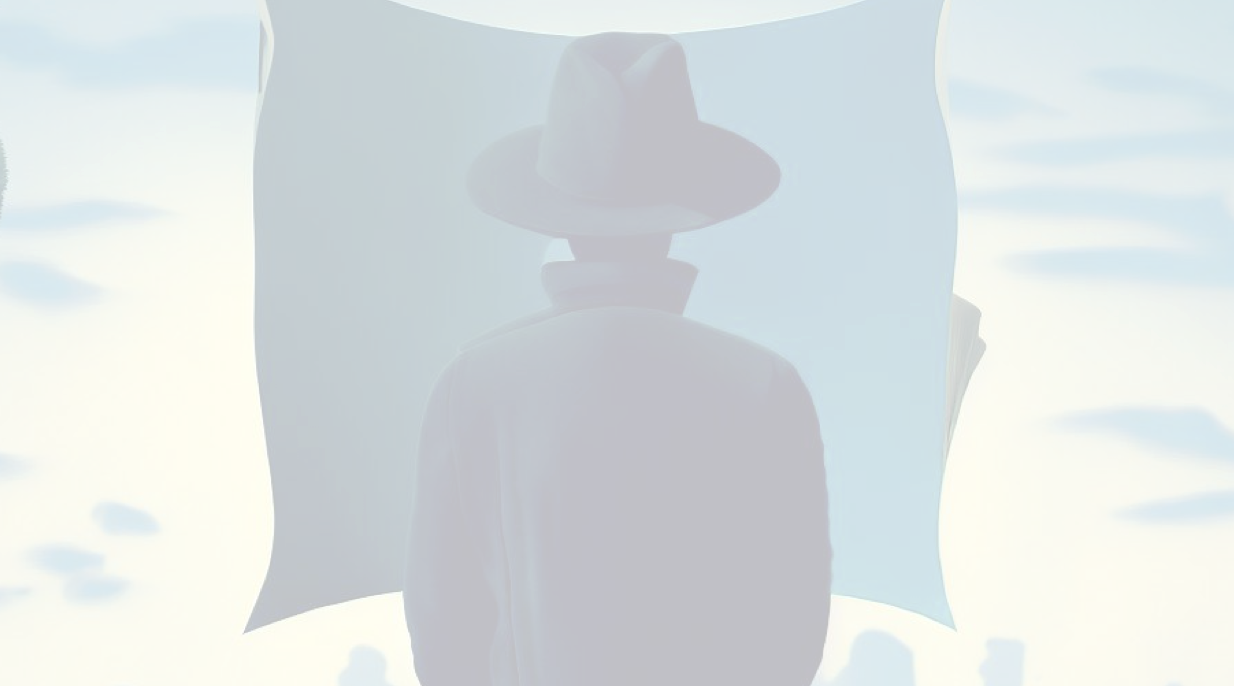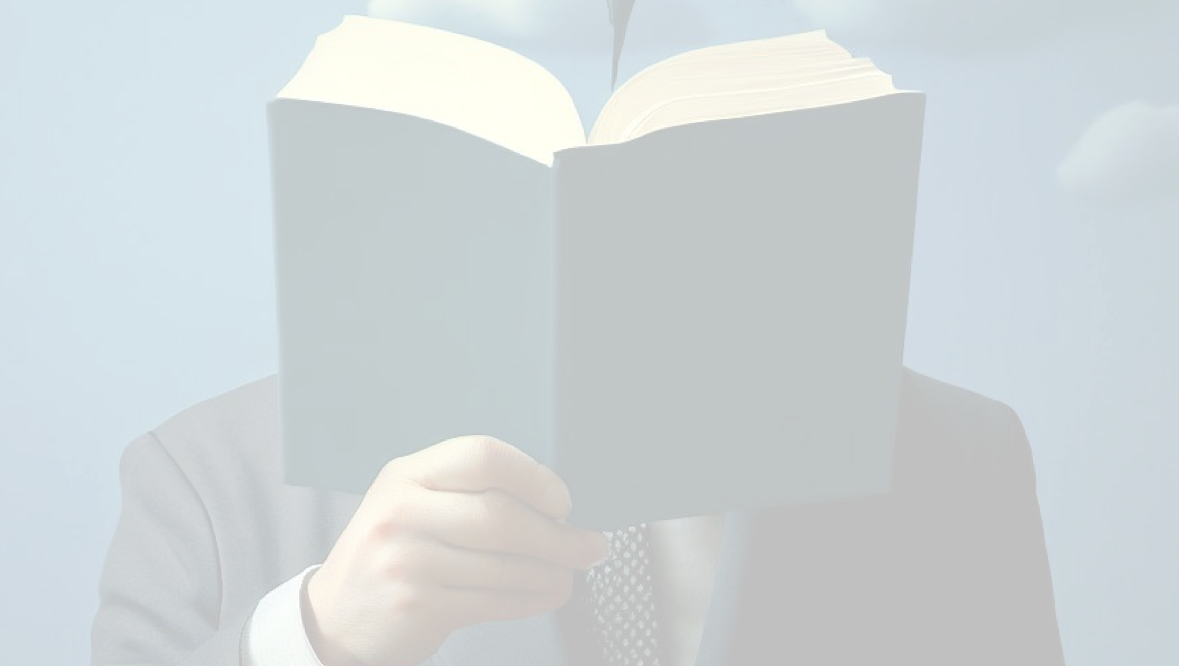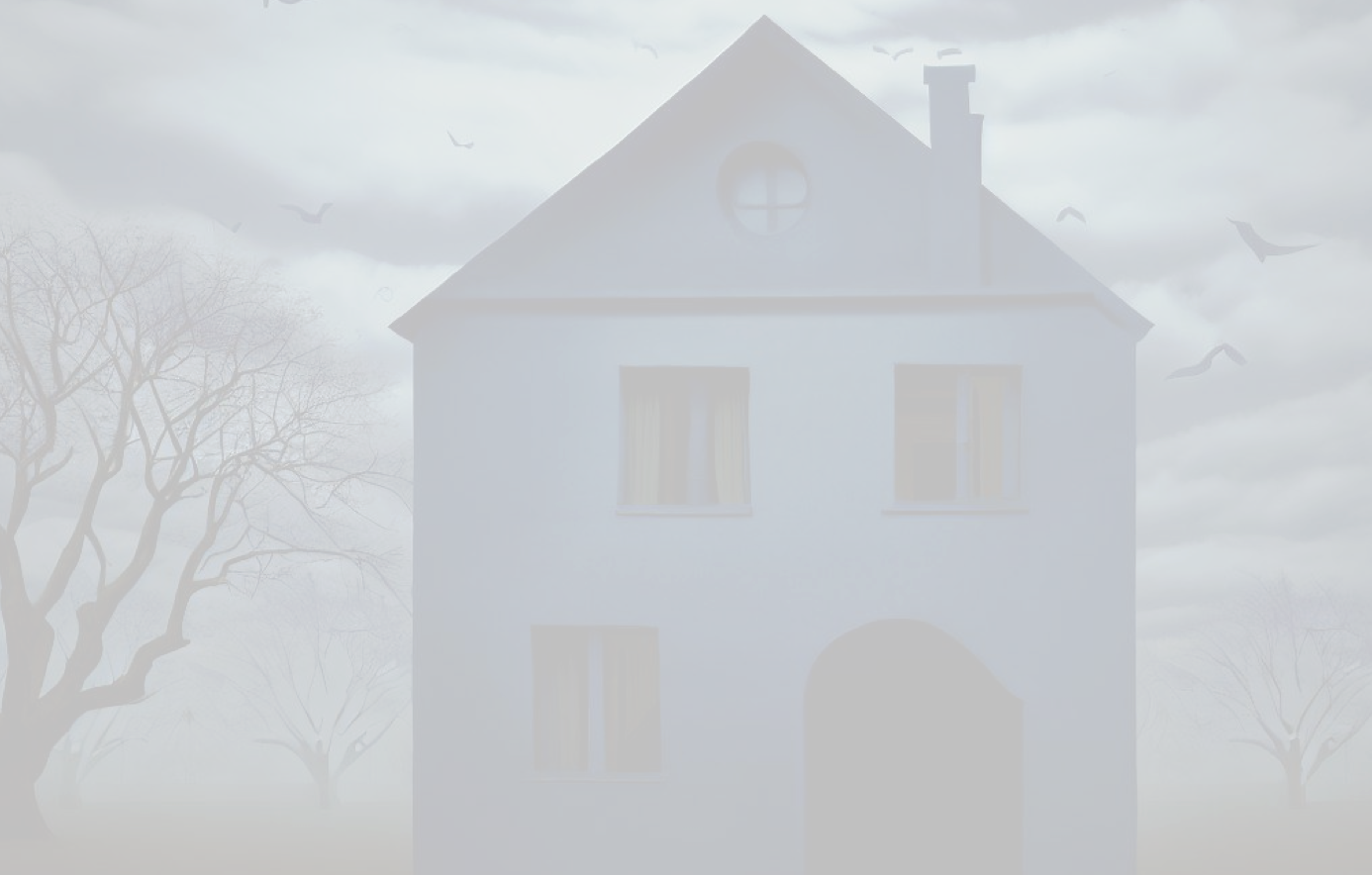
PLANNING A STORY
Just as we need a destination before beginning a journey, a clear direction is vital in storytelling. Planning provides this clarity. While stories can evolve during the writing process, a well-structured plan is essential. Planning fosters organisation, clarity, consistency, and efficiency, allowing your creativity to thrive within a framework. There is no 'right' way to plan your stories, so it's a good idea to find a method that works for you.
Tutorial: How to plan a story

STARTING A STORY
A good story start is like the opening scene of a movie — it hooks your audience and gets them excited. It's where you introduce your characters and set up what's going to happen. A good start makes your story more fun to read and helps your readers connect with it.
Tutorial: Strategies for starting your stories
Tutorial: The ‘As…as…as… key action’ SUPER SENTENCE (a great way of starting your stories or paragraphs)
Tutorial: The ‘Imagine 3‘ SUPER SENTENCE (a great way of starting your story)
Tutorial: The ‘One word/phrase: explanation’ SUPER SENTENCE (a great way of starting your story)

THE SETTING
A story's setting is a bit like the scenery in a play — it helps the audience feel that the story is real. Your setting sets the mood, helps us understand the characters, and makes the whole story come to life. When it's done well, it makes the story even more interesting and helps your readers imagine they are right there with the characters!
Tutorial: How to describe your story settings
Tutorial: The ‘3 prepositional phrases’ SUPER SENTENCE (a great way of describing the setting)
Tutorial: The ‘Adjective, ________ same adjective’ SUPER SENTENCE (a great way of describing the setting)
Tutorial: The ‘Character’s viewpoint + 3 descriptions’ SUPER SENTENCE (a great way of describing the setting)

CHARACTER DESCRIPTIONS
Describing characters is tremendously important because it helps the reader paint a vivid picture of who's in the story. When we know what characters look like and how they act, it's easier to immerse ourselves into the narrative and care about what happens. In a nutshell, a well-written character description elevates the storytelling experience, making it more immersive and thought-provoking.
Tutorial: How to bring your characters to life
Tutorial: The ‘Emotion, action’ SUPER SENTENCE (a great way of describing how a character is feeling)
Tutorial: The ‘Outside…Inside…’ SUPER SENTENCE (a great way of describing your characters)
Tutorial: The ‘Two pairs of adjectives’ SUPER SENTENCE (a great way of describing how a character is feeling)
Tutorial: The ‘more… , the more…’ SUPER SENTENCE (a great way of describing how a character is feeling)
Tutorial: The ‘If, if, if, then’ SUPER SENTENCE (a great way of describing how a character is feeling)

ENDING A STORY
A good ending to your story is vital because it leaves a lasting impression on the audience and can significantly impact their overall enjoyment of the narrative. A well-crafted ending ensures that the story's message, emotions, or lessons stay with you long after you've finished reading.
Tutorial: How to end your stories

CREATING SUSPENSE
Suspense is that feeling of uncertainty that a reader feels, making them eager to know what is going to happen. It's vital in storytelling because it keeps your readers hooked. It makes them want to find out what happens next and therefore makes them want to keep reading.
Tutorial: Creating suspense through short sentences
Tutorial: Creating suspense - top tips!
Tutorial: Creating suspense through multi-sensory descriptions
Tutorial: Creating suspense through personification

DESCRIBING ACTION
Describing action well in your stories is crucial because it adds excitement, helps your readers visualise scenes, and engages their emotions. Vivid action descriptions make the plot come alive, creating an immersive reading experience that keeps your readers engaged.
Tutorial: The ‘With action, main action’ SUPER SENTENCE (a great way of describing action)
Tutorial: The ‘3 adverbs’ SUPER SENTENCE (a great way of describing action)
Tutorial: The ‘3 ing verbs’ SUPER SENTENCE (a great way of describing action)

DON’T JUMP TENSES
The tense you choose for your story depends on how you want it to feel. Most stories use the past tense, which makes it feel like it happened a while ago, providing a sense of distance and allowing for reflection on events. Present tense makes the story feel like it's happening right now, which can heighten the excitement and suspense. It is sometimes used in first-person stories or thrillers. Future tense is not common in regular stories, but you might find it in sci-fi or unique experimental ones.
Tutorial: Keeping to the same tense
